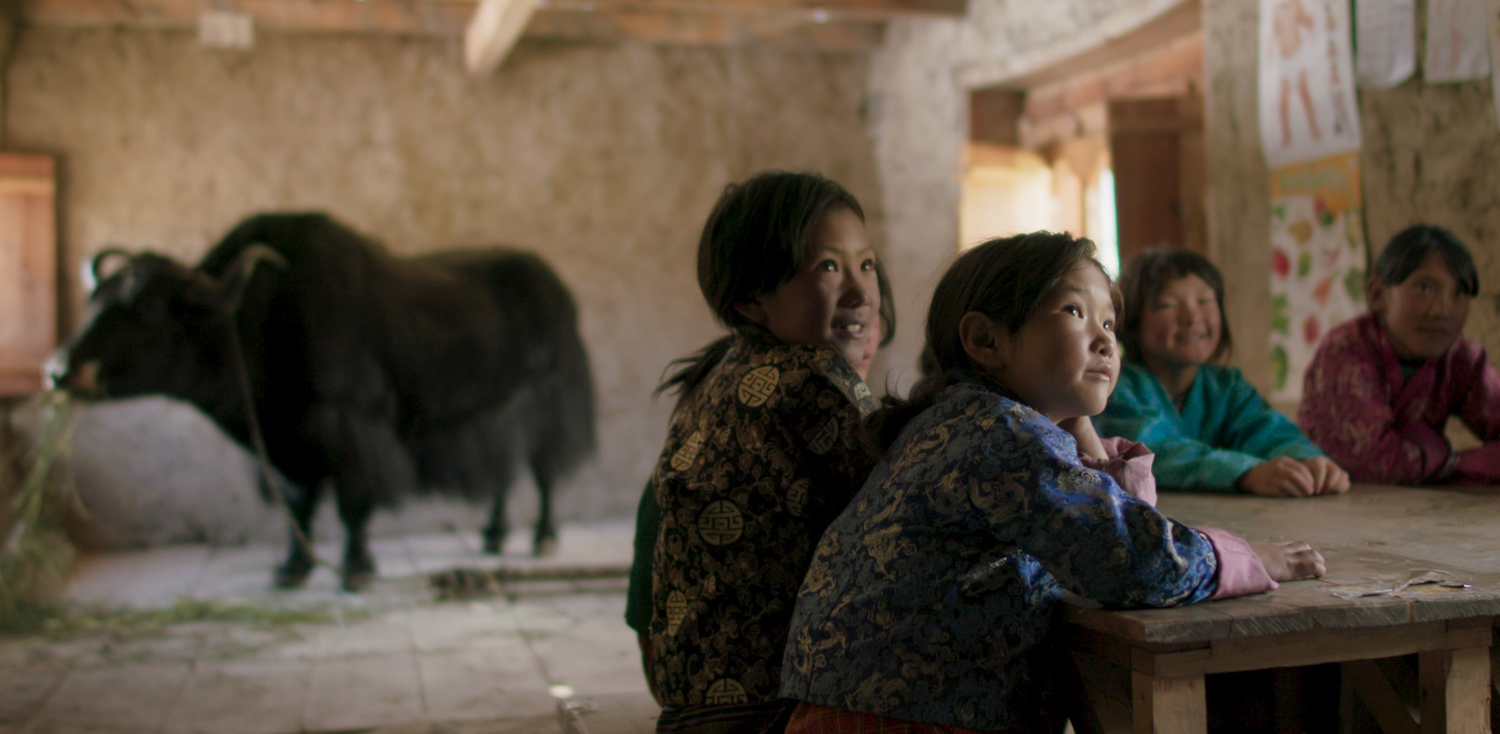Returning to Wholeness
How being with suffering is actually a quest for knowing, or returning to, wholeness. The post Returning to Wholeness appeared first on Tricycle: The Buddhist Review.

Teachings Meditation Month 2024
How being with suffering is actually a quest for knowing, or returning to, wholeness.
By Rev. Keiryu Liên Shutt Jan 31, 2024 Photo by Aaron Burden on Unsplash
Photo by Aaron Burden on UnsplashThe classical framing of the four noble truths is:
In life, there is suffering. There are causes and conditions or there are roots for the arising of suffering. The end of suffering is possible. The eightfold path is the way to end suffering.While this is the fundamental understanding that is held throughout all the sects of Buddhism, for many of us, they’ve just been truths to be memorized or reeled off like I just did. While this classic framing of the four noble truths is valuable, I’ve been developing a framing that focuses on how they can be supportive truths to live by more than just to be memorized. My work focuses on how these truths, when framed in broader systemic lenses, can be practiced for restoration and healing to actively address the suffering in our contemporary, everyday lives.
I’ve reframed them and I’m calling them the engaged four noble truths:
Harm and harming has happened or is part of conditioned existence. There are causes and conditions for this harm or harming. How are we taught to be with them and experience the harm and harming? What familiar cultural or systemic structure promotes, reinforces, or perpetuates this? Where is it possible to have agency in the midst of harm or difficulty? Conditions can change, and we can be a part of that. So how can we be agents of change? The eightfold path supports and empowers us. How do we practice actively engaging with these eight aspects as a way to restore?The First Engaged Noble Truth
I’m going to focus on the first engaged noble truth and frame it as the net of wholeness. Investigation is the practice of the first noble truth. We begin our investigation of the engaged four noble truths with the understanding that being aware of, pointing toward, or being with dukkha, or suffering, is really a quest for knowing, returning to, and practicing to gain confidence in wholeness.
Therefore, we’re asked to identify and be aware of the what and how of dukkha. The perspective we are viewing this from is important, as this practice is not meant to overwhelm us with our own suffering or the suffering around us.
In the poem “Need: A Chorale for Black Woman Voices,” the great poet Audre Lorde says,
How much of this truth can I bear to see
and still live
unblinded?
How much of this pain
can I use?
To me, this is a great poem to point toward the question, how do we not turn away from suffering? How can we practice in a way so that we don’t feel overwhelmed when we realize that it’s about wanting a sense of wholeness versus something being wrong?
Hurt and harm point to where and how wholeness has been broken, disrupted, or torn. In the commentaries describing dukkha, it is talked about with the metaphor of an axle that doesn’t fully fit into the spokes of a wheel, so the wheel doesn’t turn smoothly. Dukkha is when things are not flowing smoothly, hence the representation of Buddhism as the wheel. When we’re seeking a wheel that turns smoothly, we’re actually wanting to return to wholeness.
There’s a story about the Buddha when he was young that serves as a teaching about wholeness as an innate sense. One busy spring day, his father, the king, went to one of his kingdom’s farms to help with the spring planting. It was very busy and the Buddha had attendants with him. Towards the afternoon, there was a moment in which the young Buddha’s attendants had gone off to be with the farmers, and the Buddha found himself sitting under a rose apple tree. There, seated in the shade on a hot day, he realized that he had a sense of completeness—a sense of wholeness—and that everything was well and okay. In some teachings, it’s said that this is one of the things he remembered as he sat in his enlightenment.
Practicing with the First Engaged Noble Truth
Take a moment to close your eyes and cultivate a sense of stillness and subtleness, as if you were sitting under a rose apple tree, or whatever it is for yourself. Perhaps it’s under a tree you remember from your childhood, or by a lake. Wherever it is for you that brings up this sense of wholeness, of completeness, take a few deep breaths there.
I invite you to actually know that feeling. See if you can center it in the spot within your actual physical body, or posture, or the breath. Somewhere that’s visceral. Perhaps at the end of an inhale. Just let yourself rest there and know it.
Now open your eyes at your own pace. This is a place that we can return to, at any point, to know our innate sense of wholeness.
If we start from this knowledge of wholeness as already possible, returning to wholeness—like coming back to that point in the body or breath—is a supportive way to frame how we can aim our practice, this investigation of harm and harming, or hurt and suffering. As Thich Nhat Hanh says, “We are here to awaken from our illusion of separateness.”
♦
Adapted from “Engaging with the Truths of Suffering,” Rev. Keiryu Liên Shutt’s April 2022 Dharma Talk for Tricycle
This article was originally published on January 31, 2022.
![]()
Thank you for subscribing to Tricycle! As a nonprofit, we depend on readers like you to keep Buddhist teachings and practices widely available.
This article is only for Subscribers!
Subscribe now to read this article and get immediate access to everything else.
Already a subscriber? Log in.

 Aliver
Aliver 

























.png)





